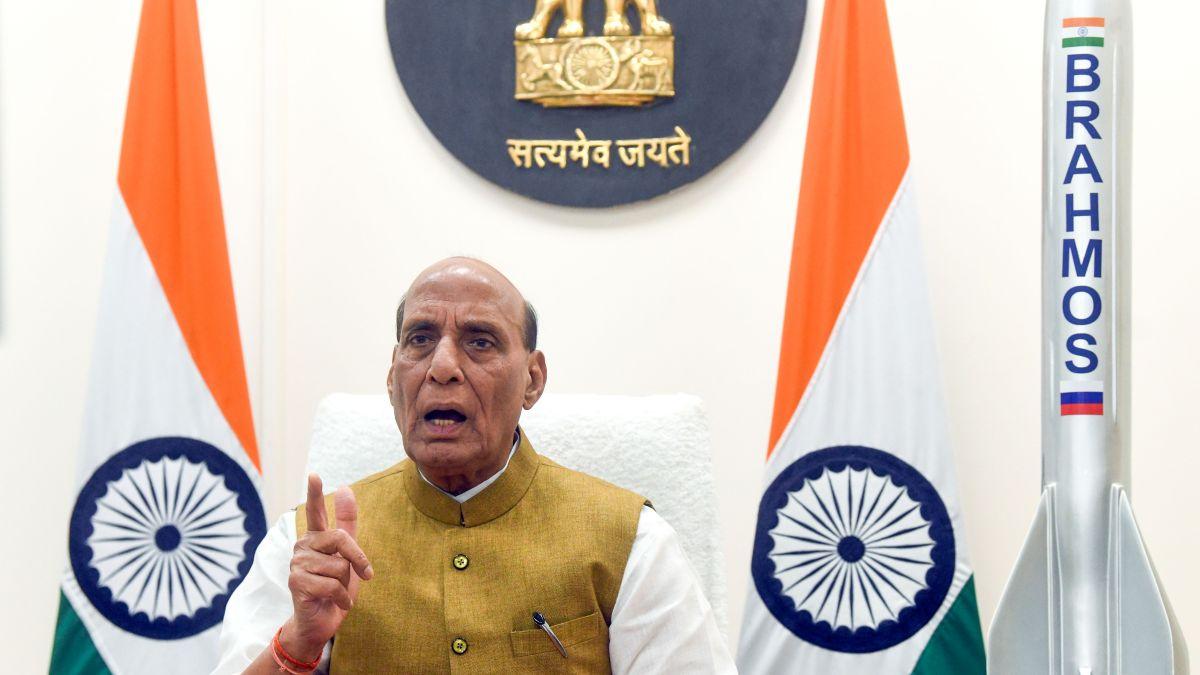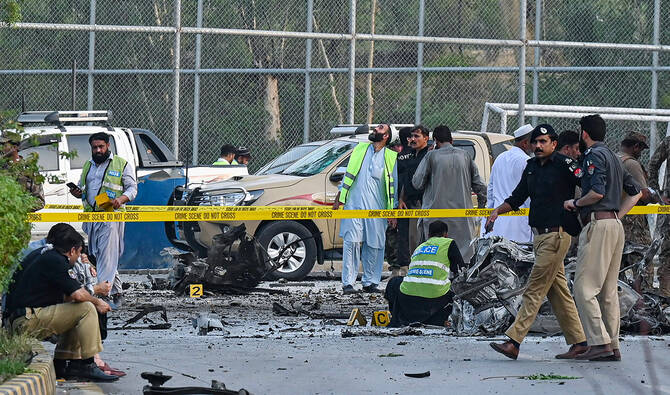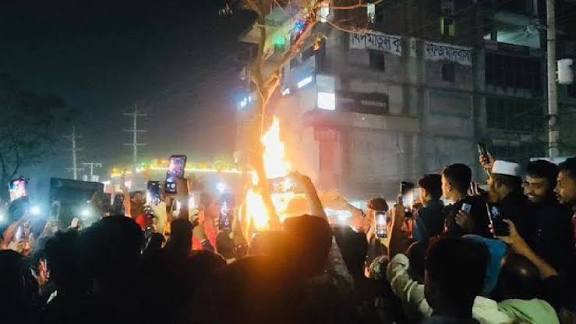By Andrew Rose
Published: October 18, 2025
In a bold and assertive address, India’s Defence Minister Rajnath Singh issued a stern warning to Pakistan, declaring that every inch of its territory is now within the striking range of India’s advanced BrahMos supersonic cruise missiles. Speaking at an event in Lucknow, Uttar Pradesh, on October 18, 2025, Singh described the recent Operation Sindoor as “just a trailer” of India’s military capabilities, signaling a new era of strategic confidence and deterrence for the nation. The remarks, made in the presence of Uttar Pradesh Chief Minister Yogi Adityanath, underscored India’s growing prowess in indigenous defence manufacturing and its resolve to counter external threats decisively.

The event marked the flag-off of the first batch of BrahMos missiles produced at the state-of-the-art BrahMos Aerospace unit in Sarojini Nagar, Lucknow. The facility, inaugurated on May 11, 2025, represents a significant milestone in India’s ‘Make in India’ initiative, aimed at bolstering self-reliance in defence production. The BrahMos missile, a joint venture between India and Russia, is a supersonic cruise missile capable of being launched from land, sea, air, and even submarines, with a range of up to 450 kilometers and plans for extended-range variants. Its precision and speed make it a cornerstone of India’s defence strategy, equipping the Army, Navy, and Air Force with unmatched firepower.
Singh’s remarks were a direct response to escalating tensions with Pakistan, particularly following the success of Operation Sindoor in May 2025. The operation was launched in retaliation for the April 22, 2025, terror attack in Pahalgam, Jammu and Kashmir, which claimed 26 lives. During Operation Sindoor, India’s armed forces deployed BrahMos missiles to strike terror infrastructure and defence installations in Pakistan, targeting air bases with pinpoint accuracy. The operation not only showcased the missile’s effectiveness but also sent a clear message to adversaries about India’s readiness to act decisively.
“Every inch of Pakistan’s territory lies within the range of BrahMos,” Singh declared, emphasizing that the operation was a demonstration of India’s military might. “What happened during Operation Sindoor was just a trailer. It made Pakistan realise that if India could create Pakistan, then if the time comes… I need not say more, you all are wise enough.” His remarks, laced with historical context and strategic intent, hinted at India’s ability to dominate the regional security landscape while avoiding explicit escalation.
Singh described the BrahMos missile as more than just a weapon—it is a symbol of India’s rising strength and technological advancement. “BrahMos is not just a missile; it is proof of India’s strategic confidence,” he said. “From the Army to the Navy and the Air Force, it has become a key pillar of our defence forces.” He highlighted that India’s defence capabilities now serve as a strong deterrent, ensuring that adversaries think twice before engaging in hostile actions.
The event also highlighted the significance of the BrahMos Aerospace unit in Lucknow, which Singh described as a testament to India’s growing industrial and technological capabilities. “Lucknow is not just my parliamentary constituency; it resides in my soul,” he said. “Today, it has become a city of technology and industry, apart from culture and tradition. The successful production of BrahMos missiles here shows that what was once a dream has now become a reality.” The facility is equipped for missile integration, testing, and final quality checks, ensuring that the missiles meet the stringent standards required for deployment by India’s armed forces.
Uttar Pradesh Chief Minister Yogi Adityanath echoed Singh’s sentiments, emphasizing the state’s growing role in India’s defence ecosystem. He described the event as a proud moment for Uttar Pradesh, aligning it with Prime Minister Narendra Modi’s vision of ‘Make in India.’ “Under the Defence Industrial Corridor, Uttar Pradesh is emerging as a major hub of indigenous defence manufacturing,” Adityanath said. “The BrahMos unit is a shining example of that. With a missile like BrahMos, India is now not only able to meet its own security needs but also those of its allies in the world.”
Adityanath also highlighted the economic benefits of the project, noting that it creates employment opportunities and fosters technical expertise in the region. The state government, he added, remains committed to supporting initiatives that strengthen national security while contributing to economic growth.
The BrahMos missile’s significance extends beyond its military applications. As a product of India-Russia collaboration, it represents a successful model of international partnership in defence technology. The missile’s versatility and precision have made it a sought-after asset, with India exploring export opportunities to friendly nations, further enhancing its global defence footprint.
Operation Sindoor, as Singh noted, instilled a sense of confidence among Indians and demonstrated the BrahMos missile’s effectiveness to the world. “Maintaining this confidence is now our collective responsibility,” he said. “The entire world now recognises India’s capability. BrahMos has strengthened our belief that India can turn its dreams into reality.”

However, Singh’s remarks also sparked debate among observers and readers, with some questioning the timing and tone of his warning to Pakistan. Social media platforms saw discussions about the effectiveness of such rhetoric, with concerns raised about India’s dependence on foreign technology and the need to address internal security challenges. One reader commented, “Politics again… strange that even the defence minister talks about a weak and failed country like Pakistan. He should focus on internal threats and self-reliance in defence tech.”
Despite the debates, the flag-off event marked a significant step forward for India’s defence ambitions. The BrahMos Aerospace unit in Lucknow is expected to play a pivotal role in scaling up production, ensuring that India’s armed forces are well-equipped to handle emerging threats. The facility’s advanced capabilities, combined with India’s strategic focus on indigenous manufacturing, position the country as a rising power in global defence.
As India continues to strengthen its defence infrastructure, the BrahMos missile remains a potent symbol of its technological prowess and strategic resolve. Singh’s warning to Pakistan, coupled with the success of Operation Sindoor, underscores India’s determination to safeguard its sovereignty and maintain regional stability. With the world watching, India’s message is clear: it is ready to defend its interests with unmatched precision and power.
Andrew Rose is a journalist covering global defence, technology, and geopolitics. Follow his work for the latest updates on India’s strategic advancements.
Discover more from AMERICA NEWS WORLD
Subscribe to get the latest posts sent to your email.









































Leave a Reply